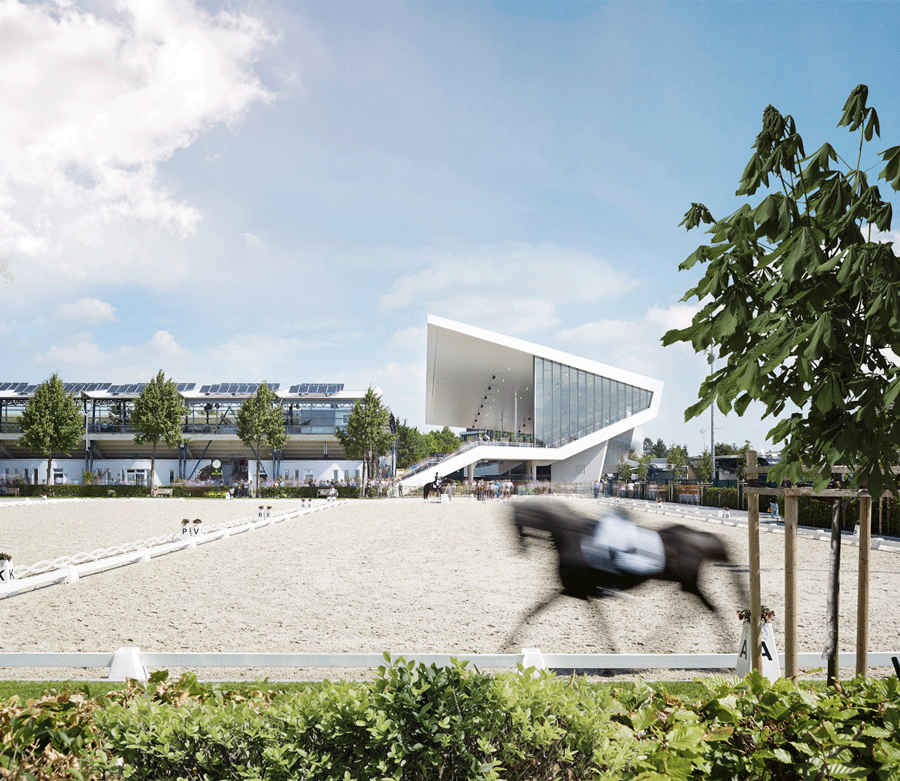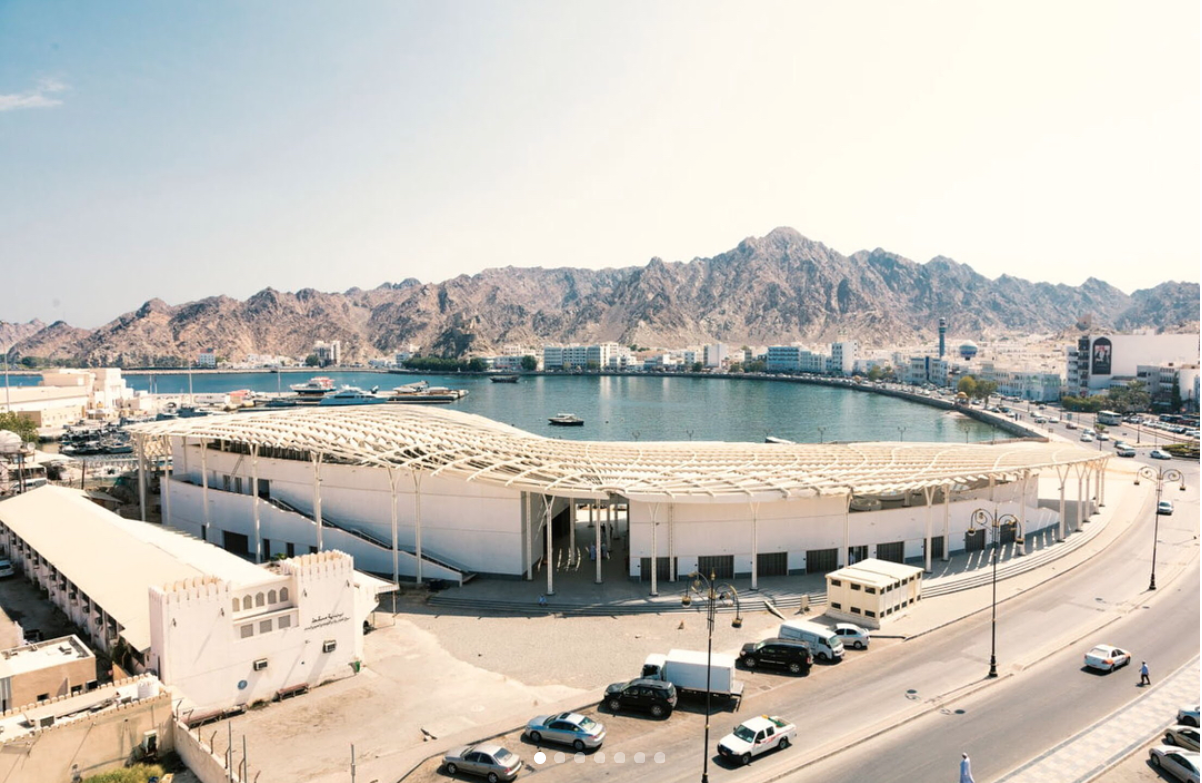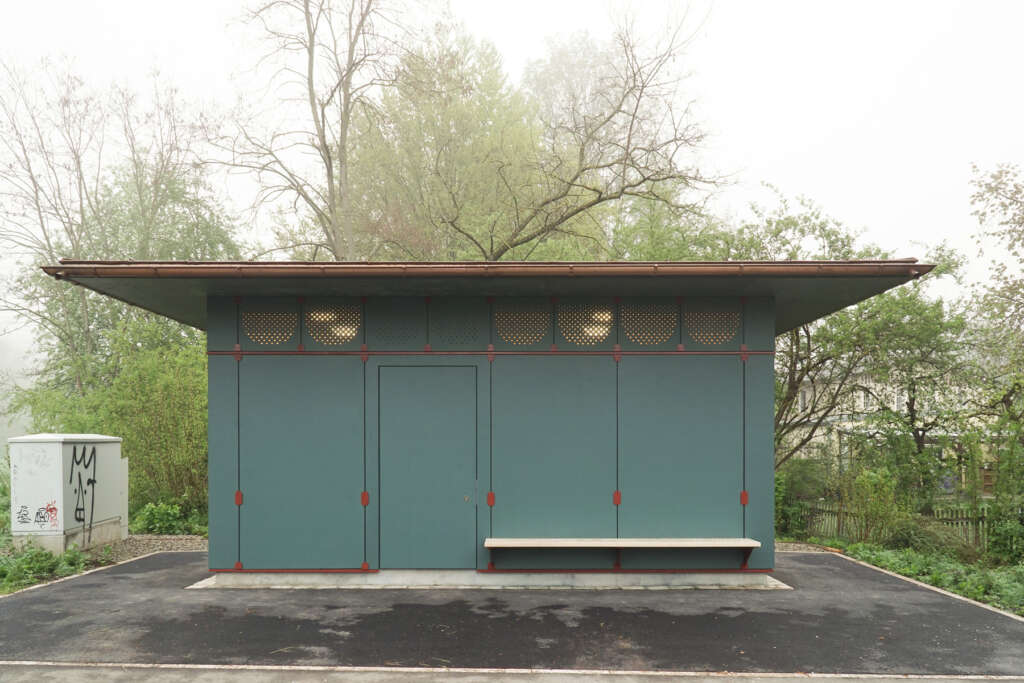
Parktoilette
Architect: Naumann Wasserkampf Architekten
Location: Weimar, Germany
Type: Restroom
Year: 2022
Images: Max Wasserkampf
The following description is courtesy of the architects. Looking back in the history of our cities – and thus also parks – one determines that so-called street furniture played a major role than today. The nowadays often anthracite-colored paintwork of these elements is causing an invisibility in public space. An intention of a designed shape is no longer ascertainable. Benches, dustbins, phone boxes and in German so-called “Bedürfnisanstalten “were – in the past much more than today – read and designed as furniture of the public space. The artistic handling of these objects was much more reflective than today. Objects of public space were evoking a kind of branding for cities through their architectural expression. You can still see this in European cities today; an example is Vienna.
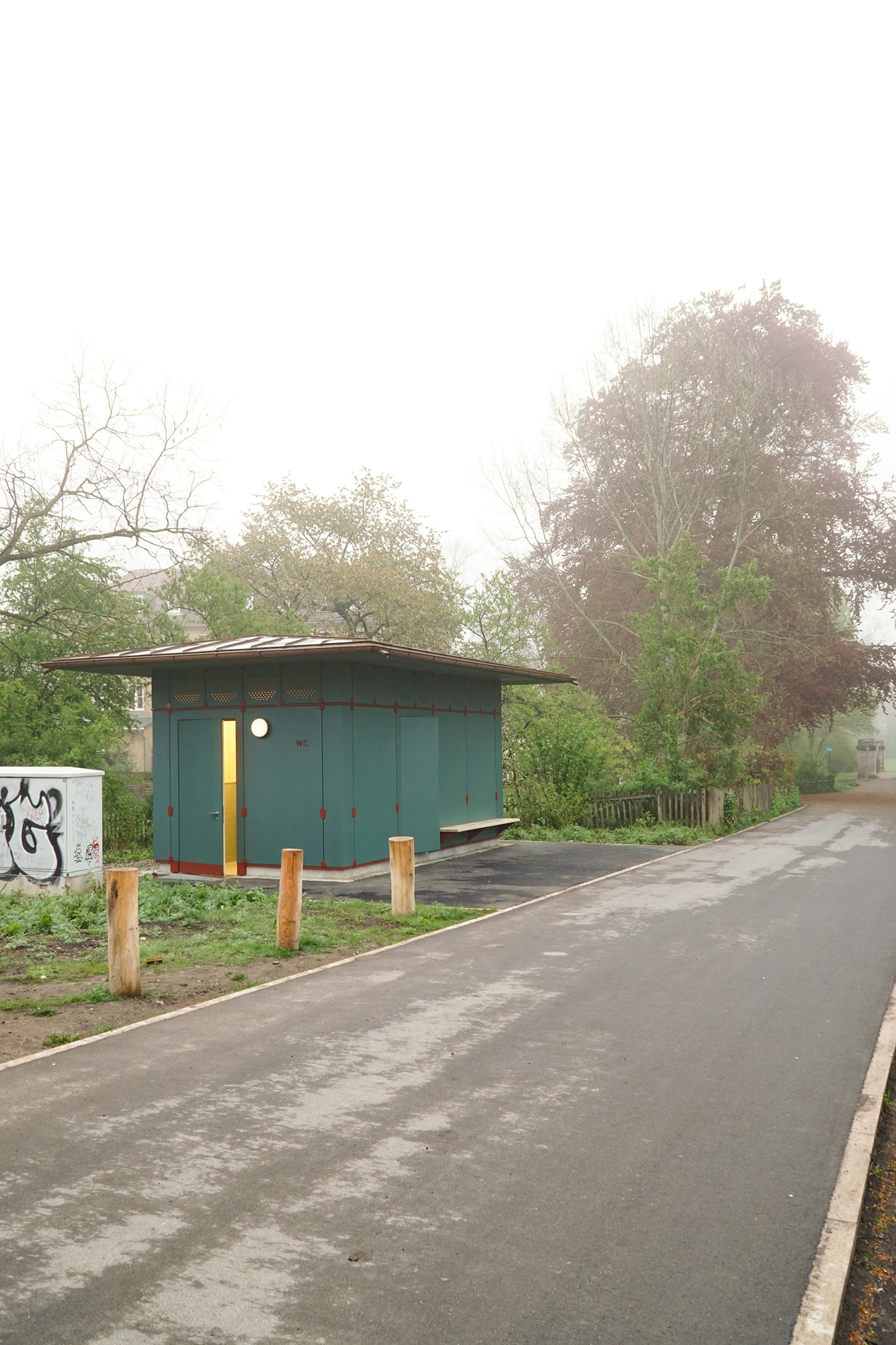
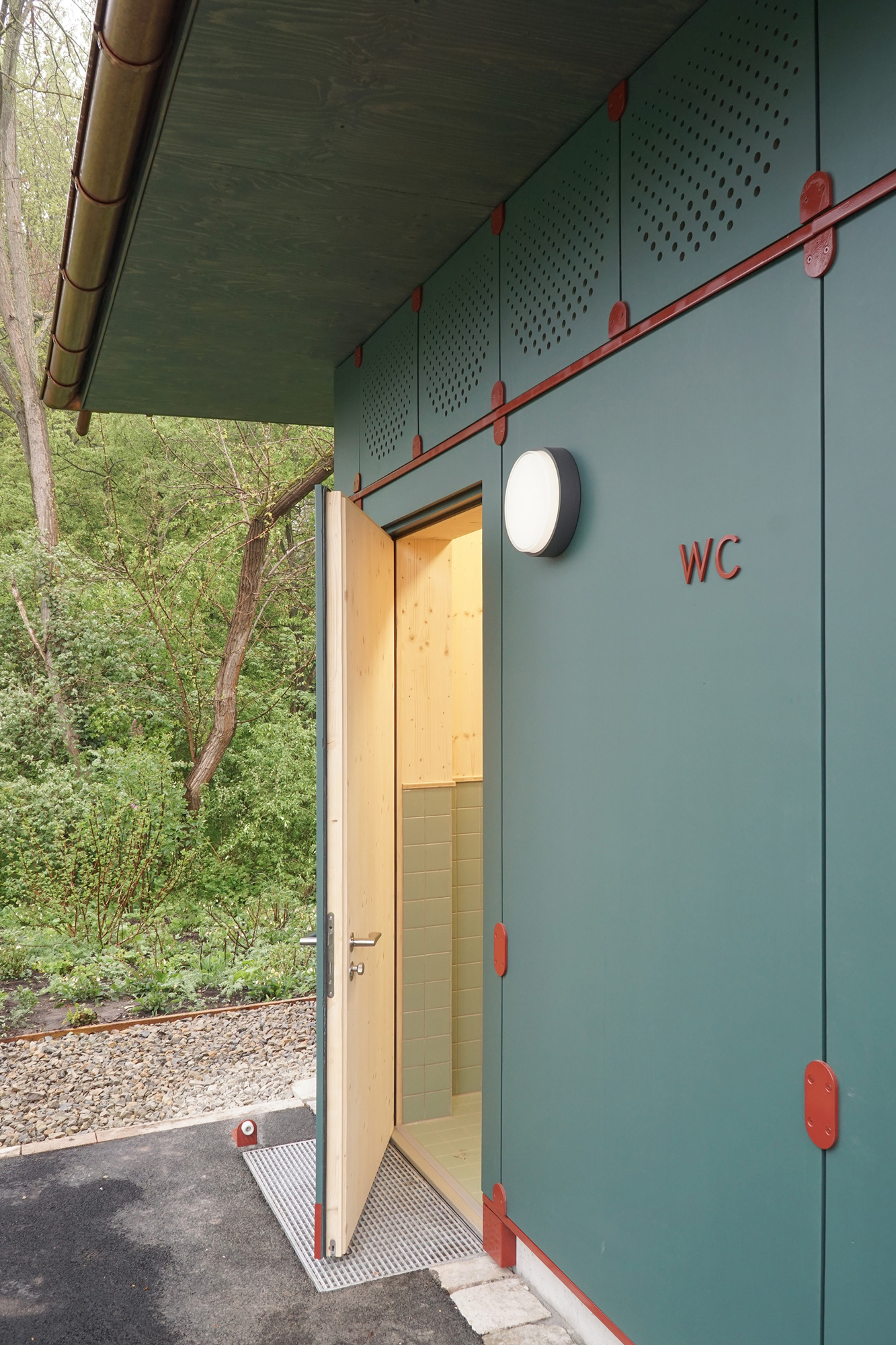
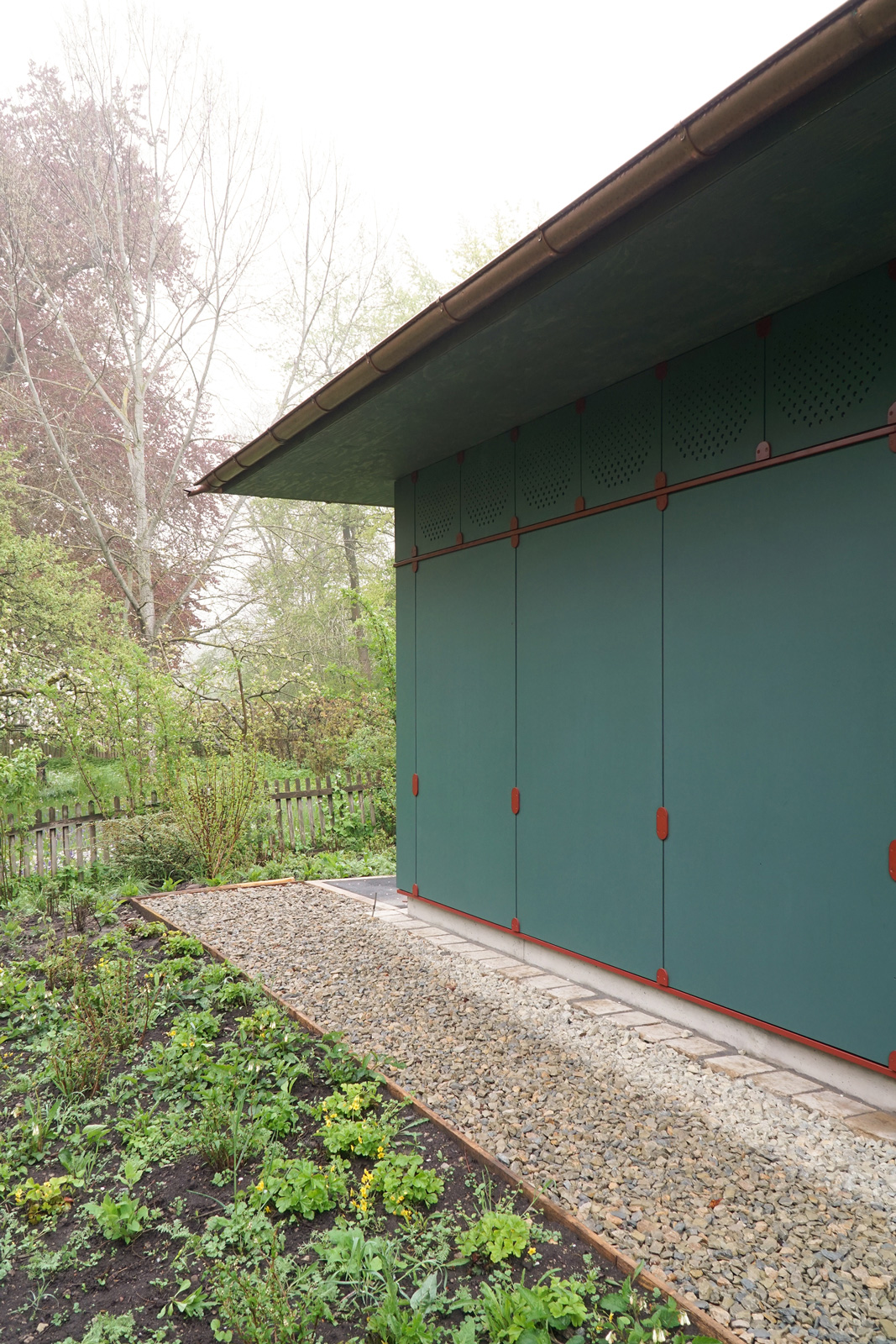
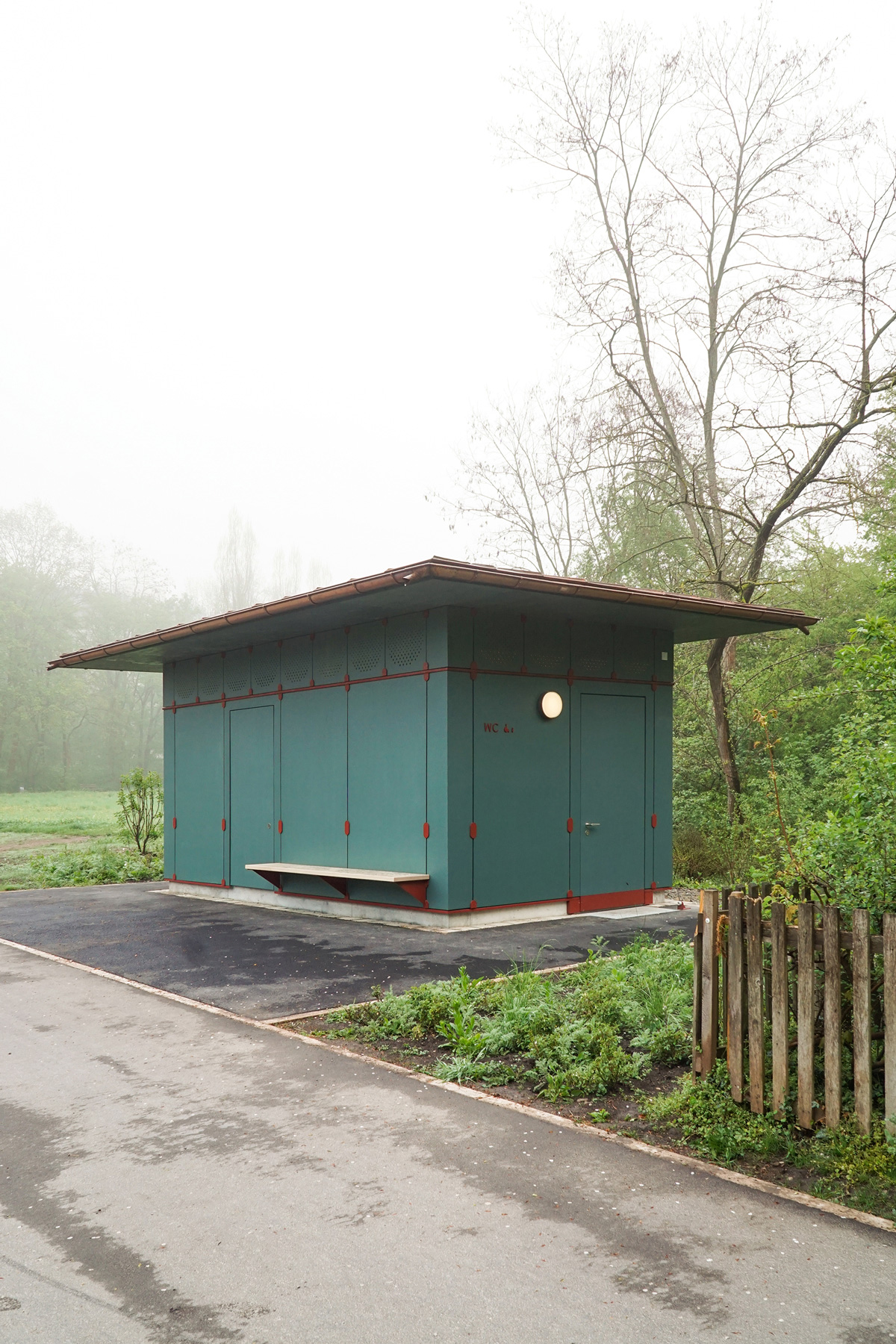
The city’s furniture forms the subconsciously perceived background or, better, the scenery of the public life that takes place in front of it.
The public toilet is situated in the ‘Park an der Ilm’, which is part of the world cultural heritage. It attempts to turn the “public toilet” into something more than an industrially manufactured functional building. Historical models and their joining were analyzed and translated into an appropriate, contemporary language.
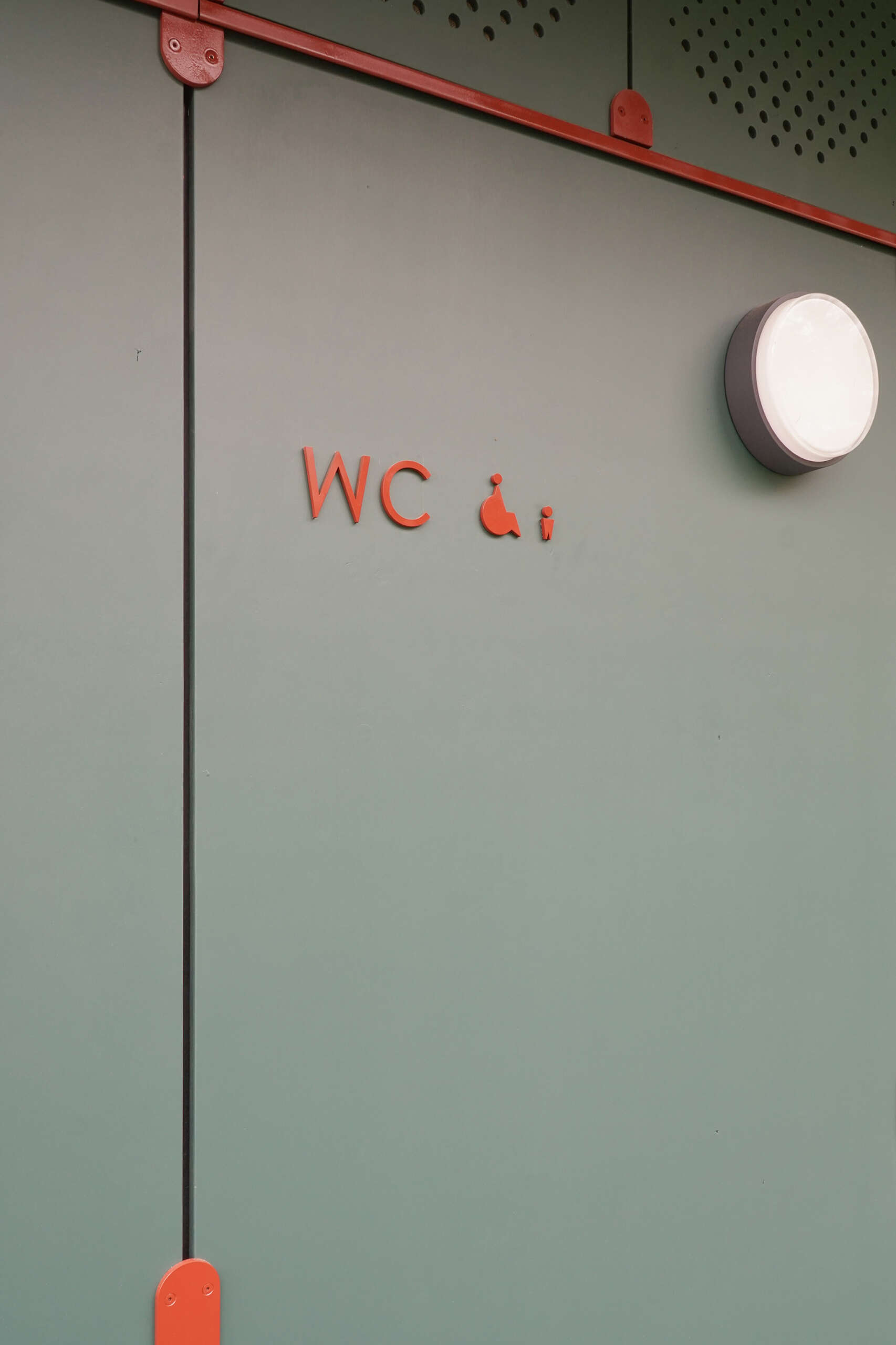
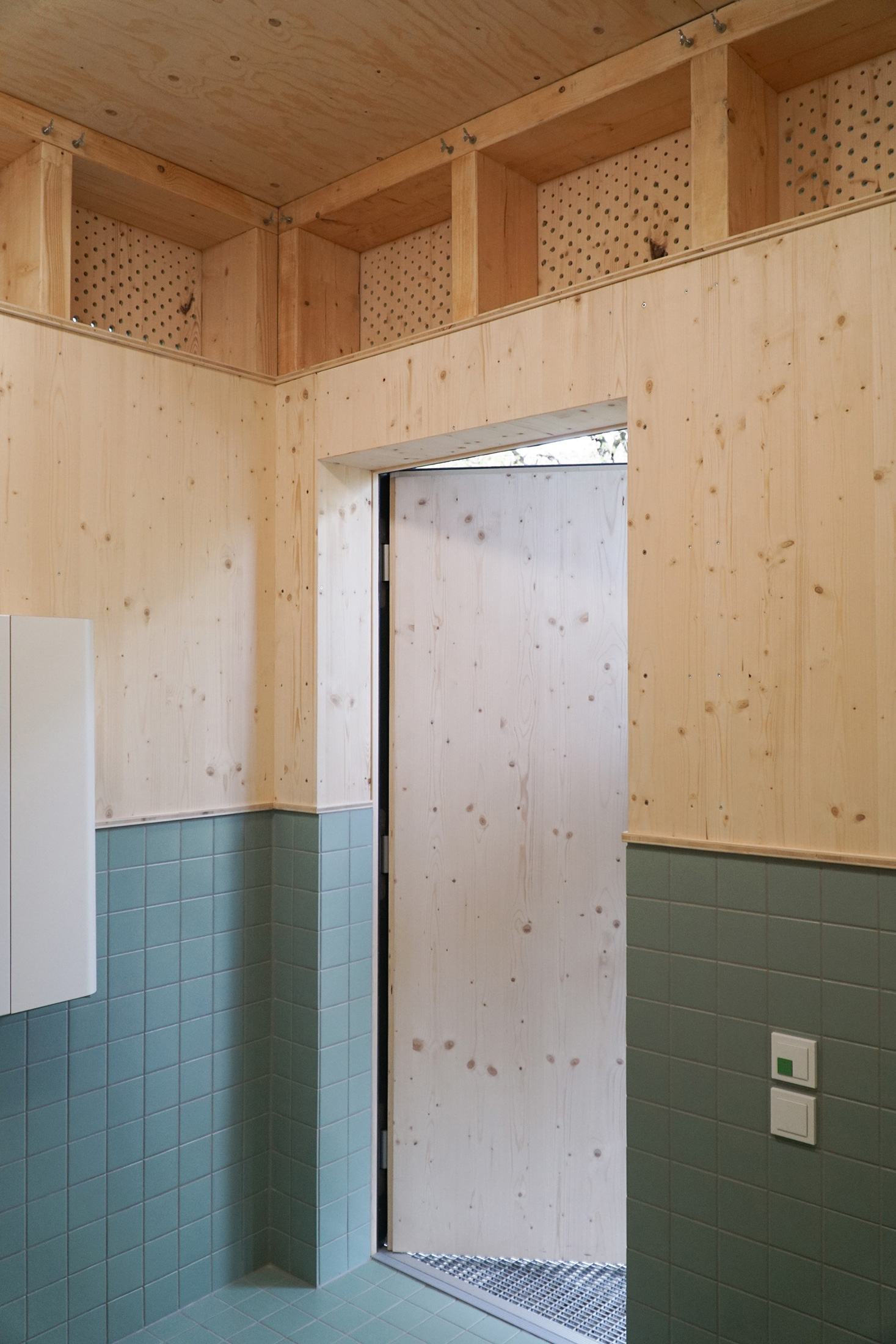
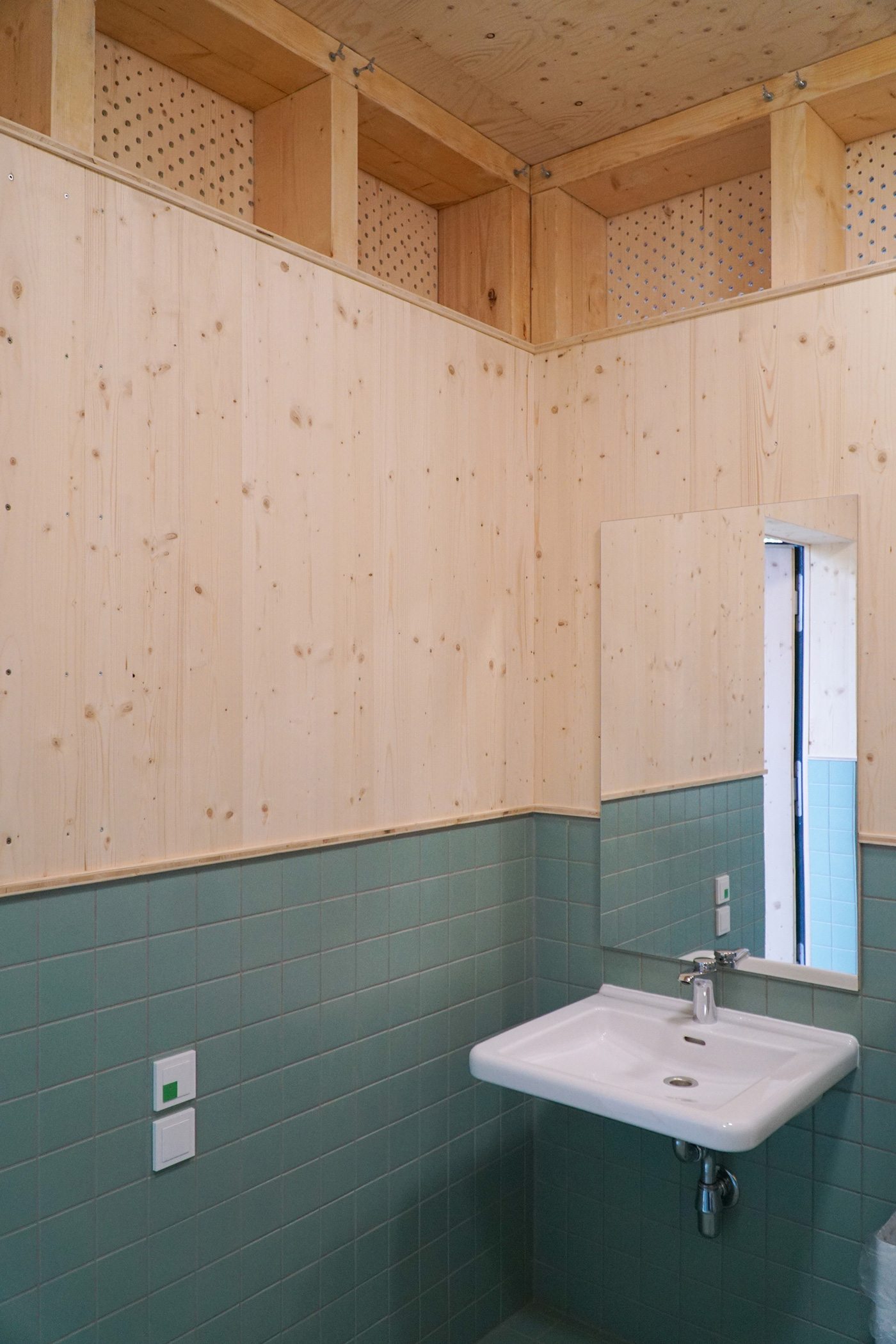
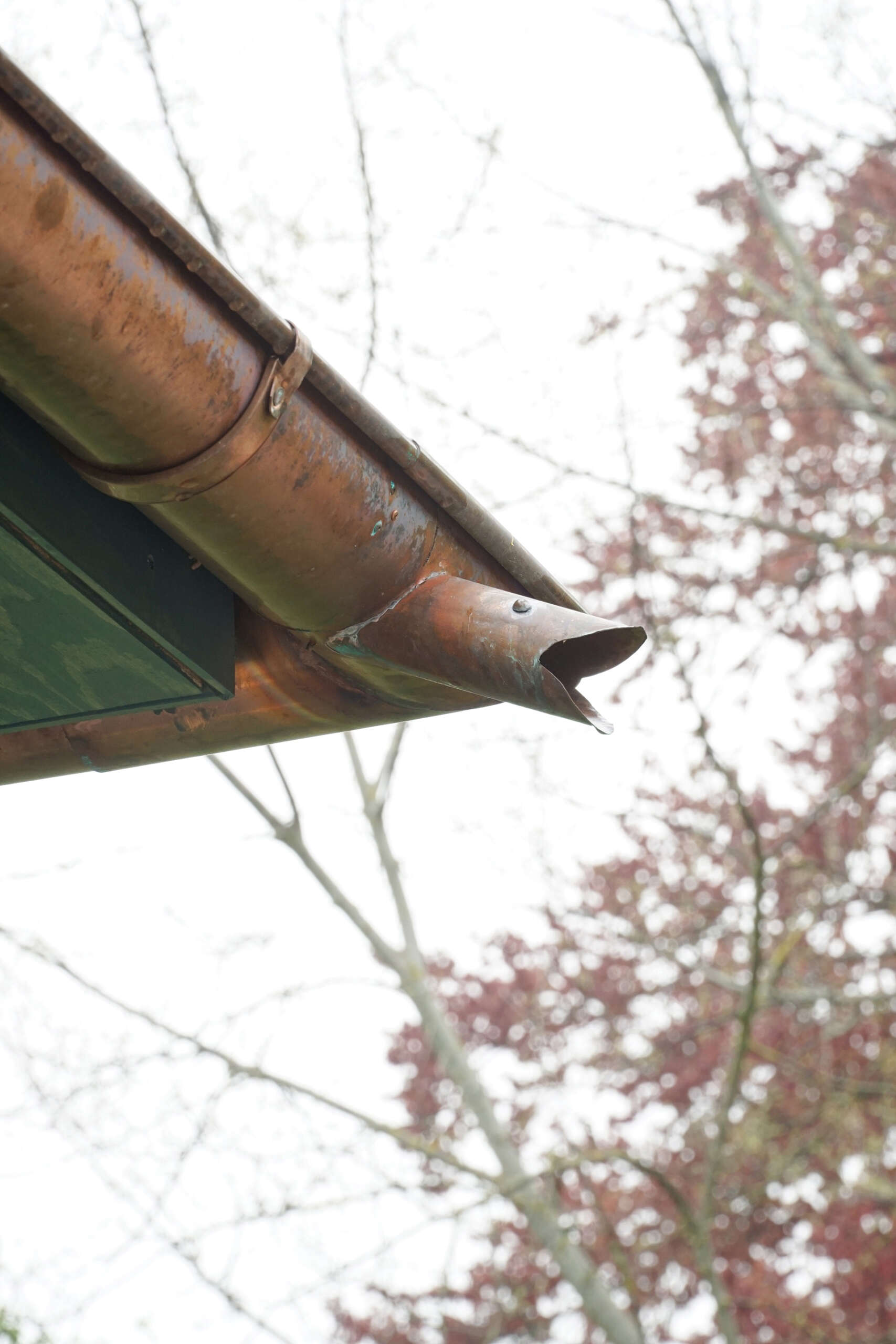
The structure is divided into the classic elements base, shaft and roof. These elements are not only design elements, but also serve each other. The all-round concrete base protects the skin of the facade from splashing water. In the cabin, tiles till 1.20 m height enable unrestricted cleaning. The shoring was planned in timber frame construction. Colour-treated solid wood panels are used as the stiffening elements and face of the building. On the inside, these are left in their natural state. The facade parts are joined by painted steel profiles. The screw pattern is therefore not hidden but emphasizes the structure of the facade with its fine formulation. The nodes are a reminiscence of the former details of the connection of Viennese “Bedürfnisanstalten”. The roof, which overhangs the facade by 95 cm and protects the visitor from rain, was made of two large glulam panels. It preserves its shape from a copper made covering.
The design of the park toilet went as far as the special formation of the gargoyles and signage, which was specially designed for it.
Project Details
- Project Name: Parktoilette
- Office Name: Naumann Wasserkampf Architekten
- Office Website: www.naumann-wasserkampf.com
- Social Media Accounts: https://www.instagram.com/nw_arch/
- Contact email: info@naumann-wasserkampf.com
- Firm Location: Weimar, Germany
- Completion Year: 2022
- Gross Built Area (m2/ ft2): 15 m2
- Project Location: Park an der Ilm, Weimar, 50.96718628634568, 11.338963570007563
- Program: public toilet
- Photo Credits: Max Wasserkampf

